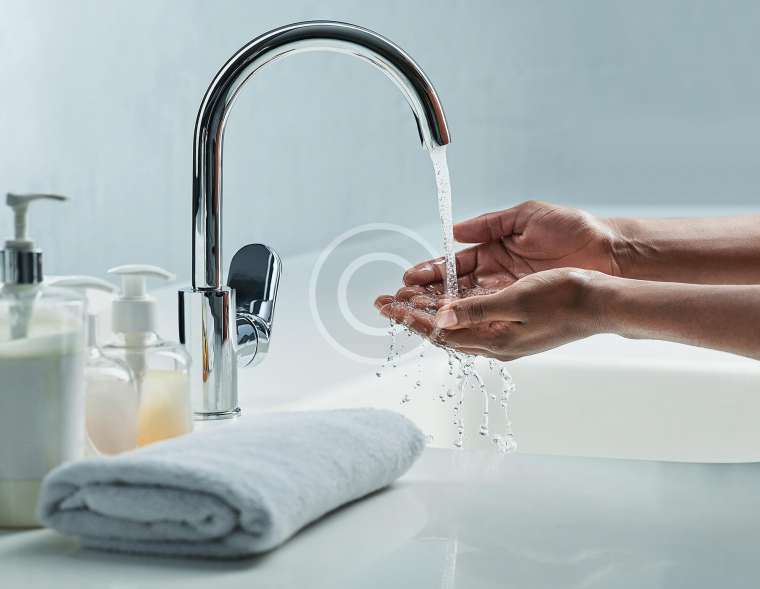Nitrates are a common concern for homeowners relying on private wells or even those connected to municipal water systems. Understanding what nitrates are, why they matter, and how to address them is crucial for ensuring safe and clean drinking water.
What Are Nitrates?
Nitrates are compounds containing nitrogen and oxygen (NO₃) that naturally occur in soil and water as part of the nitrogen cycle. They are often introduced into water sources through agricultural runoff, wastewater, and fertilizers. While nitrates are not harmful in small amounts, high concentrations can pose serious health risks.
Why Nitrates Matter
- Health Risks: High levels of nitrates in drinking water can be dangerous, particularly for infants, pregnant women, and individuals with compromised immune systems. For infants, excess nitrates can cause a condition known as methemoglobinemia or “blue baby syndrome,” which affects the blood’s ability to carry oxygen. Pregnant women might face risks of complications, and those with weakened immune systems may experience increased vulnerability to certain infections.
- Environmental Impact: Elevated nitrate levels can contribute to environmental issues, such as eutrophication, where nutrient overloads lead to excessive algae growth in water bodies. This can deplete oxygen levels in water, harming aquatic life and disrupting ecosystems.
How to Detect Nitrates
- Testing: The only reliable way to determine nitrate levels in your water is through testing. Home testing kits are available, but for more accurate results, consider professional testing from a certified laboratory. Testing is especially important for private well owners, as municipal systems are usually monitored and regulated.
- Signs of Contamination: While nitrate contamination doesn’t typically alter the taste or appearance of water, signs of potential issues include increased levels of algae or vegetation in nearby water sources and a history of agricultural activities or wastewater systems in your area.
Managing and Reducing Nitrates
- Water Treatment Options: If high nitrate levels are detected, various treatment systems can effectively reduce nitrates:
- Ion Exchange: This method uses a resin to replace nitrate ions with less harmful ions.
- Reverse Osmosis: A filtration process that can remove nitrates along with other contaminants.
- Distillation: This process heats water to produce steam, which is then condensed back into liquid, removing nitrates and other impurities.
- Source Control: Addressing the source of nitrate contamination can be an effective long-term solution. This includes:
- Proper Use of Fertilizers: Use fertilizers judiciously and follow guidelines to minimize runoff.
- Maintaining Septic Systems: Ensure septic systems are well-maintained to prevent leakage into groundwater.
- Buffer Zones: Create vegetative buffer zones around water sources to absorb and filter runoff.
Preventive Measures
- Regular Testing: Even if you don’t have immediate concerns, regular testing of your water supply can help catch any issues early and maintain peace of mind.
- Stay Informed: Keep up with local environmental and agricultural practices that might affect water quality in your area.
In summary, nitrates in water pose significant health and environmental risks, but with proactive testing and appropriate treatment solutions, homeowners can manage and mitigate these risks effectively. Understanding the sources of nitrates and implementing preventive measures ensures safe, clean drinking water and contributes to overall water quality.


